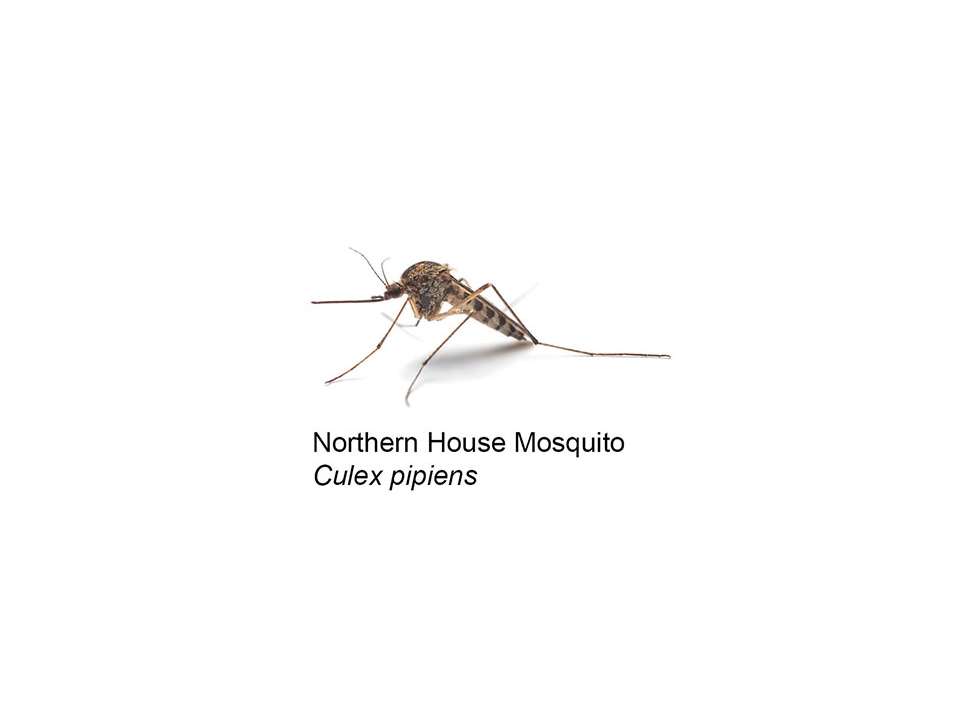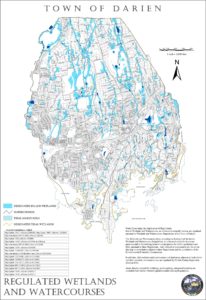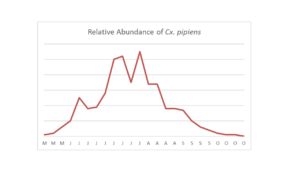Mosquito Facts and Figures

Mosquitoes are a nuisance, and arguably the most annoying of all the pests we encounter at certain times of the year. Some of our competitors would have you believe that the only good mosquito is a dead mosquito, but that’s simply not true. It’s important to remember that the relationship between pest exposure and pesticide exposure is inverse; the more we reduce your exposure to pests by treating for mosquitoes, the more we increase the amount of pesticides you and the environment will be exposed to.
At PesTecs, we take a more scientific approach to a very old problem with the hope that we can minimize pesticide use while achieving acceptable levels of pest reduction. By making use of available data we can target treatment for when we will have the greatest impact on nuisance mosquito species, and ensure that we are treating areas most likely to be inhabited by the pests we are trying to manage.
In Fairfield County we mostly want to focus our treatment efforts on the Northern House Mosquito (Cx. pipiens).
Most people don’t know that there are approximately 90 mosquito trapping stations around Connecticut which are maintained by the Connecticut Agricultural Experiment Station.

Each of the traps is checked weekly and the mosquitoes are sorted by species, counted, and tested for Zika, Jamestown Canyon Virus, West Nile Virus, and Eastern Equine Encephalitis. In 2016 alone, 173,988 mosquitoes were collected and tested across all trapping sites.
Last year the site with the most mosquitoes collected was the Brush Island Road site in Darien with 13,357 mosquitoes captured, counted, and tested. The other site in Darien is on High School Lane, and at that site 1,557 mosquitoes were reported. Darien accounted for 14,914 mosquitoes or about 8.7% of all the mosquitoes trapped despite only having 2% of the traps. However, the vast majority of the mosquitoes captured at Brush Island Road were Black Salt Marsh Mosquitoes (Oc. taeniorhynchus), and we should be careful to not extrapolate out the Brush Island numbers to the rest of Darien. The Brush Island site is in a location that is particularly favorable to that species of mosquito. The High School Lane trapping station is a better representation of the town overall, and at the high school lane trapping station 1,089 of the 1,557 mosquitoes captured were Northern House Mosquitoes (Cx. pipiens).
The test results are also available online, and of the 173,988 mosquitoes tested, 122 tested positive for WNV, 1 for EEE, and 26 for JCV. Of the 122 WNV positive mosquitoes, 7 of them were captured in Darien, and 49 were captured in Stamford. The likely causes of Stamford’s high instance of WNV is a high urban population density and concentration of birds, in particular American Crows which are one of the primary vectors for WNV in the United States. The Northern House Mosquito (Cx. pipiens) was to blame for all but one of the WNV positive results.
Zika has been prominently featured in the news and it’s worth noting that if Zika did become a problem in Connecticut it’s likely that the Asian Tiger Mosquito (Ae. albopictus) would be the vector mosquito. Of the 13,357 mosquitoes captured at Brush Island in Darien only 44 were Asian Tiger Mosquitoes and at High School Lane only 6 of the 1,557 mosquitoes trapped were Asian Tiger Mosquitoes.
Because the Northern House Mosquito makes up roughly 70% of the mosquito population, is indicated in most of the mosquito carried disease instances, and is a relatively aggressive pest of humans, there is no question in our mind that it is the most important mosquito to manage in Fairfield County (that may change if Zika or other diseases gain a foothold this far north and if that were to happen we would likely want to focus more on the Asian Tiger Mosquito).
Let’s take a closer look at The Northern House Mosquito (Cx. pipiens).
Why is The Northern House Mosquito such a pest in Connecticut?
First of all we need to look at the habitat preferences of this species. According to the Pesticide Safety Education manual Category 5, Aquatic Pest Control published by Cornell Cooperative Extension, The Northern House Mosquito Habitat Preference is “in permanent and transient waters including drainage ditches and artificial containers. Found in clean and polluted water preferring water with a high organic nutrient content.”
If we look at a map of Fairfield County one of the things that stands out is the area is pock-marked with bodies of water in the form of streams, rivers, permanent “ponds” and wetlands which may be wet at different times of the year.

Combine the wetlands with a relatively large number of households providing lots of stuck rain gutters, kids toys left in the yard collecting rain, and drainage problems we are all well aware of and you have a pretty good set of conditions for Cx. pipiens to make its home.
Northern House Mosquito populations peak in July and into early August. The Northern House Mosquito overwinters in the adult stage in damp protected structures such as unheated basements, cellars and bunkers. It’s worth mentioning that The Asian Tiger Mosquito overwinters in the egg stage and prefers habitats such as discarded tires and other standing water in some kind of container.
The purpose here isn’t to bore you with facts about mosquitoes. What’s important is that you know that we do our research and are committed to using that research to minimize the use of chemicals to manage pest problems.
Whether you select PesTecs or another pest management firm, please –
Bee Responsible With Pesticides
Contact Us today for more information or to schedule an in-person quote for service.


